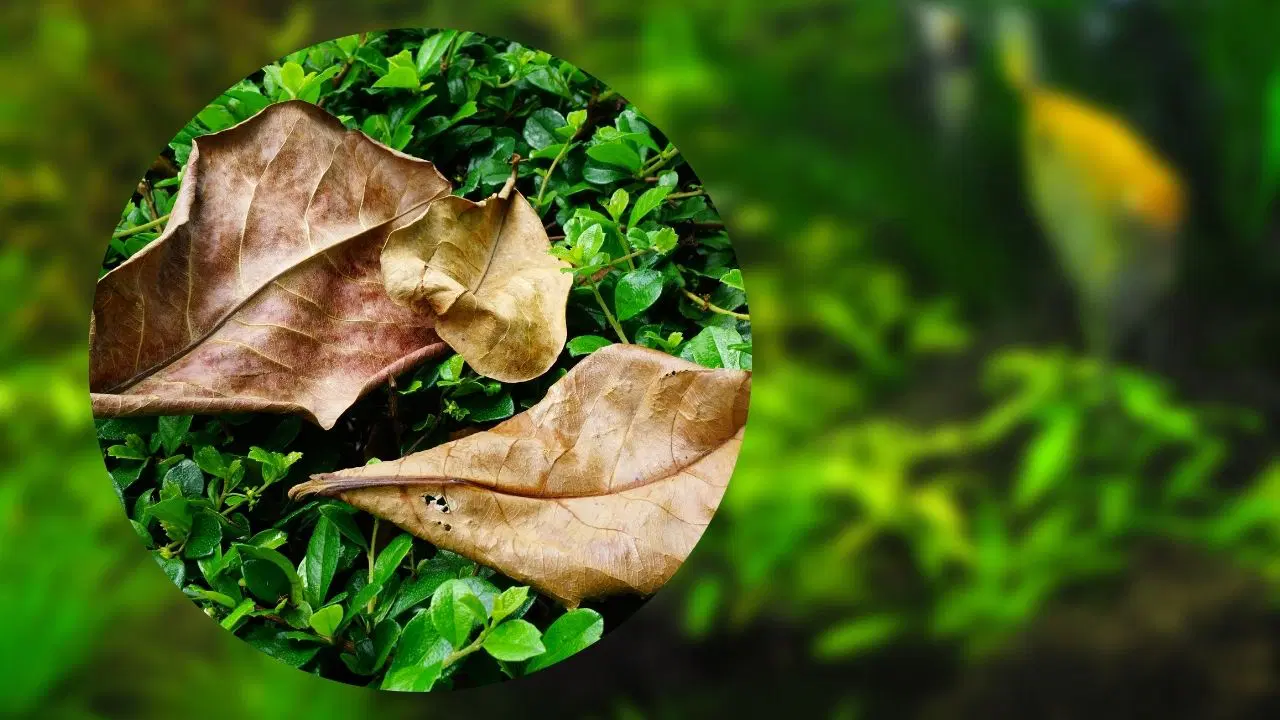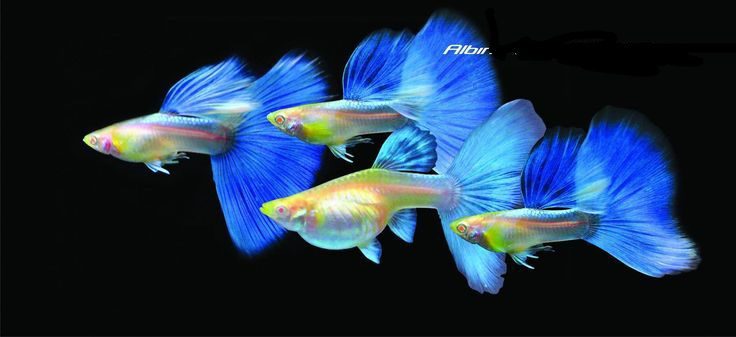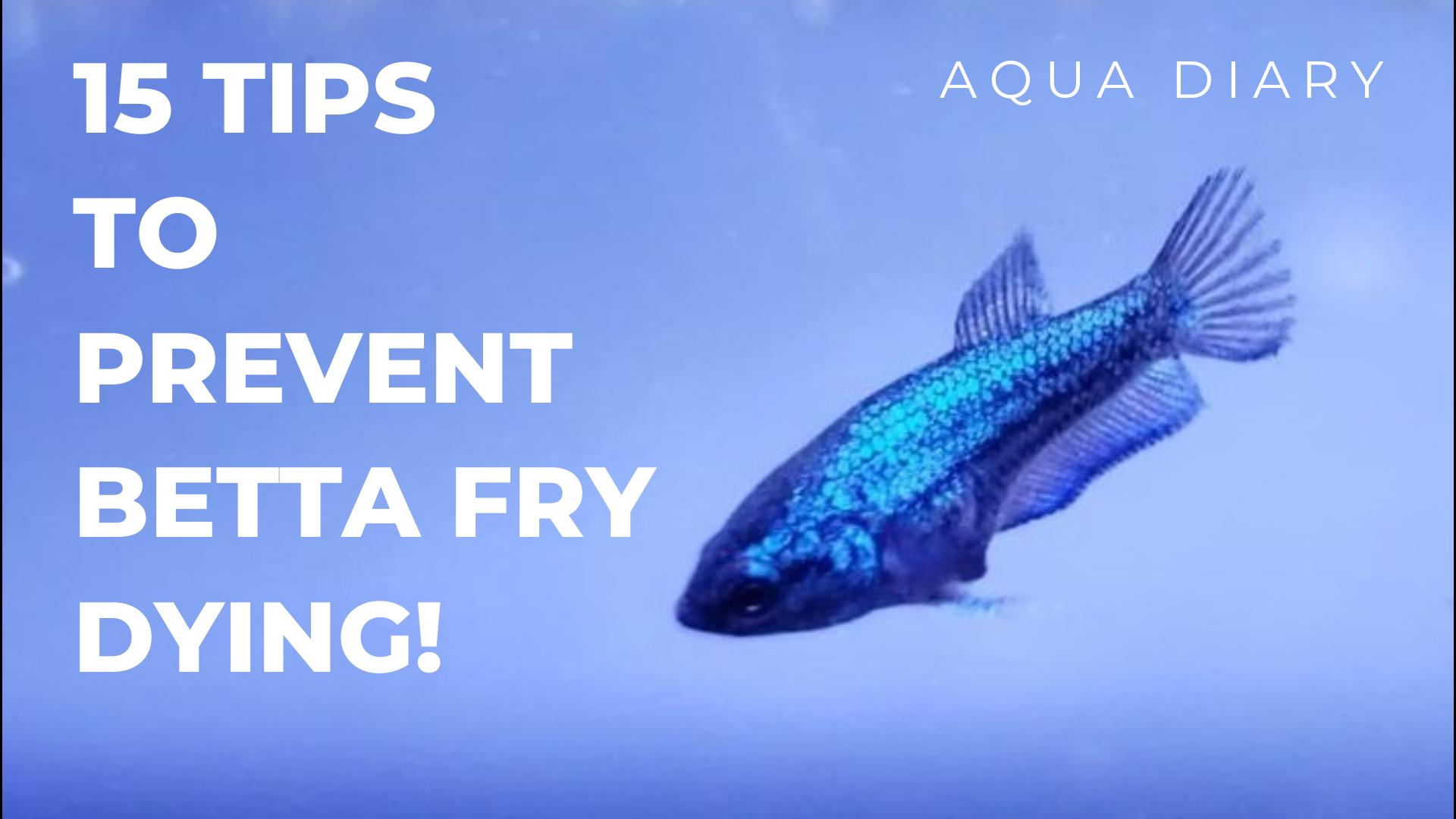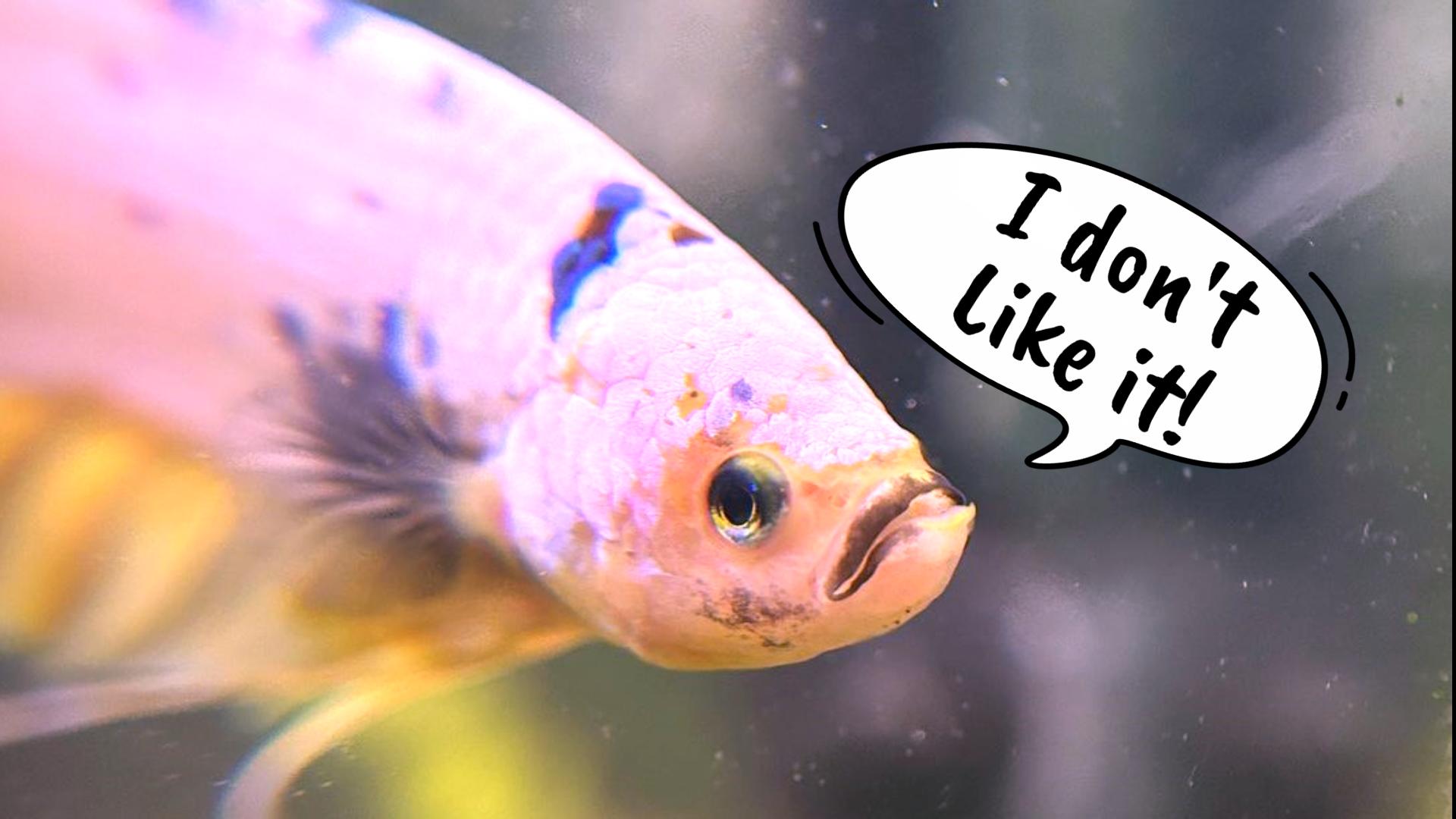Catappa leaves, also known as Indian almond leaves, have become a staple in the world of betta fish keeping for their numerous benefits. These natural wonders not only add aesthetic appeal to your tank but also provide essential health benefits for your betta. In this article, we’ll uncover 12 secrets and must-know tips for effectively using Catappa leaves in your betta fish tank, ensuring a thriving environment for your aquatic companion.
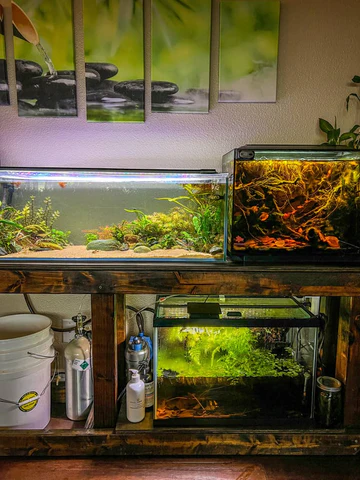
12 Tips you must know before adding almond leaves!
1. How many almond leaves should you put in the tank?
The general rule of thumb is to put one medium-sized leaf per ten gallons of water. You should keep the same ratio for bigger tanks as well. The more leaves you add, the more tannins they’ll release, and the darker the water will be. If too many almond leaves negatively affect your tank’s pH level, remove the leaves and perform partial water changes to bring the pH level back to normal.
2. Why does almond leaf water have a different color?
Adding Indian almond leaves to your aquarium will turn the water brownish due to the tannin content that benefits your fish. The more leaves you add, the darker your aquarium water becomes. In case you don’t like the brownish water, make partial water changes to clear it out while still retaining almond leaf benefits.
3. How to choose the right almond leaves?
Picking the right almond leaf is key. If you want its full benefits, feel them with your fingers. If they feel stiff and crunchy don’t get them. The leaves should be soft and bendy so they won’t break and make a mess in your tank. The leaves’ color is important. A deep brown color means the leaves contain more tannins and beneficial compounds while light or yellowish leaves may not provide the same benefits.
4. Can I pick and use Indian almond leaves on the ground?
It is absolutely fine to pick almond leaves that fall naturally from the tree. But do not pick on the floor near roads or cities due to potential toxins. Fresh leaves are the key to unlocking almond leaves’ full potential. They release more beneficial compounds into the water and won’t have mold or bacteria growing on them.
5. Why choose Indian almond leaves over others?
Leaves from Indian almond trees break down slower than those of other trees. They have thick and tough veins on the leaves, and they take a long time to deteriorate compared to other types of leaves. Because the leaf isn’t disintegrating into small pieces, you can easily remove it from your aquarium.
6. How Long Should You Leave Almond Leaves in Your Tank?
You can leave the Indian almond leaves in the tank for as long as you want. These leaves tend to release most of their tannins in the first couple of days once fully sunk into the water. After that, the leaves will decompose. At this point, you can take them out of the tank and replace them. The leaves usually decompose in one to two months. Fry and shrimp will enjoy the decomposing leaves as they feed on them, as mentioned before. The leaves will also provide an excellent substrate and hiding place for fish.


7. Do We Need To Boil Almond Leaves Before Adding To a Tank?
Adding them to the tank in a normal way is perfectly fine. If you don’t like keeping the leaves in your tank, you can make Indian almond leaf extract and use it instead. These extracts will last for several months, and you can keep them in the fridge and add a bit to the aquarium after every water change.
Boiling the leaves releases tannic acid faster into the water. Boiling also kills bacteria and other organisms on the leaves. So, you won’t get the full benefits of the catappa leaf when you boil them. So just running them under hot water is enough before adding them to your tank.
8. Is there any way of getting rid of the leaf colour?
If you want to remove tannins from the water, you can use activated carbon. This will reduce almond leaves’ properties and keep the water color. However, you must remember that activated carbon will eliminate Indian almond leaf’s positive qualities. Other simpler option is to do frequent water change.
Activated carbon, purigen, and similar products may decrease Indian almond leaves’ effectiveness. So remove them from the aquarium before using Indian almond leaves unless you are trying to control almond leaves’ effects.
9. What happens if I use too many Indian almond leaves?
You will reduce the pH level below the expected range if you use too many leaves. This is especially true if your water already has a nominal pH level. This is also not ideal for your fish and other creatures. So it’s critical to add the right quantity and know your pH level and water parameters before adding them.
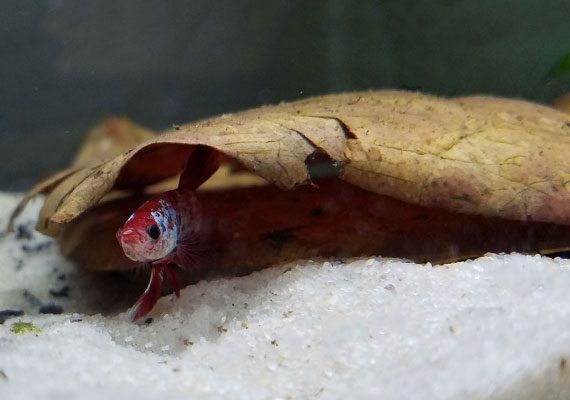

10. Are Indian almond leaves produce more male Betta fry?
There are many rumours about South-East Asian Betta breeders utilizing Indian almond leaves for increasing male-to-female ratios in their batches. In my experience, Indian almond leaves don’t affect breeding and fry growth ratios.
11. Where To Buy Indian Almond Leaves?
Unless you live in areas where Indian almond trees grow naturally, you can look for them in local pet stores, fish stores, or online. The quality of the leaves is essential in terms of how they were harvested, dried, and processed. I have some almond leaves product recommendations that I have been using for several years, added to my description and first comment. Please check it out if you are interested.
12. What are Indian almond leaves alternatives?
There are many alternatives to Indian almond leaves like peat, Alder cones, wood and banana leaves. Peat is a natural product made of decomposed plant matter. It is used as a substrate for plants, soil, and even aquariums. Peat is strong and potent, and even just a small amount can reduce pH levels dramatically. Black alder trees, native to Europe and America produce alder cones that look like mini pine cones. Similar to peat, alder cones are powerful. In my experience, they leech a lot of tannins, so even just a few might be more than enough for smaller aquariums. Aquariums use many types of wood. The most popular wood type is driftwood. Some wood will leech loads of tannins while others will barely tint your aquarium water, depending on each individual piece of wood. So if you’re looking for a reliable source of tannins that maintains a stable pH level, wood may not be your best alternative. Also note that not all wood can be used in aquariums, so don’t add random sticks to your tanks. Banana leaves are great alternatives to Indian almond leaves. They are not as strong as ketapang leaves, so you might need more to have the same effect. Banana leaves that have been dried or semi-cooked are good alternatives to consider.
Indian almond leaves benefit your fish in many ways. They can help you alter the aquarium environment as close to their natural habitat as possible. They can protect them against bacteria and fungi, and provide food and protection for their babies.

